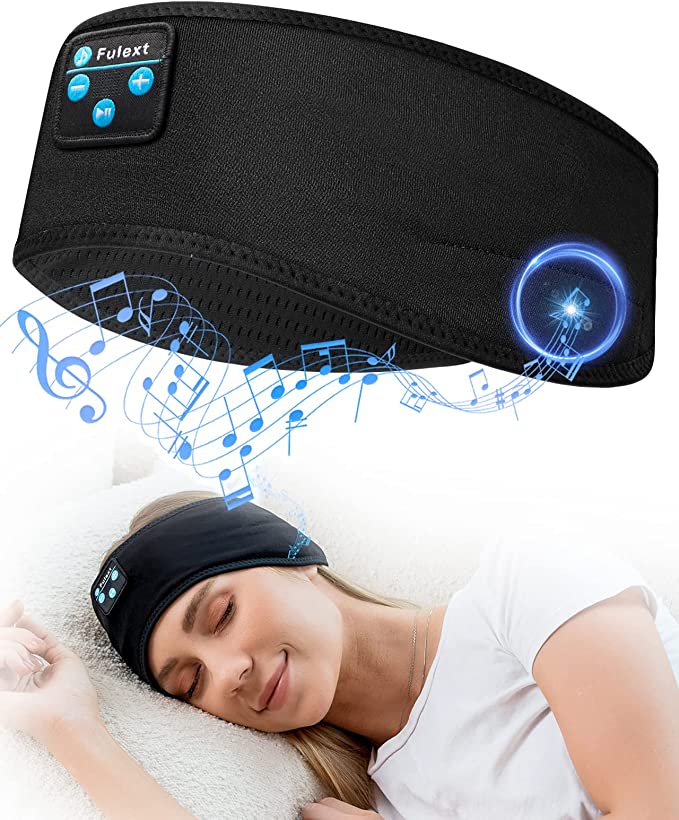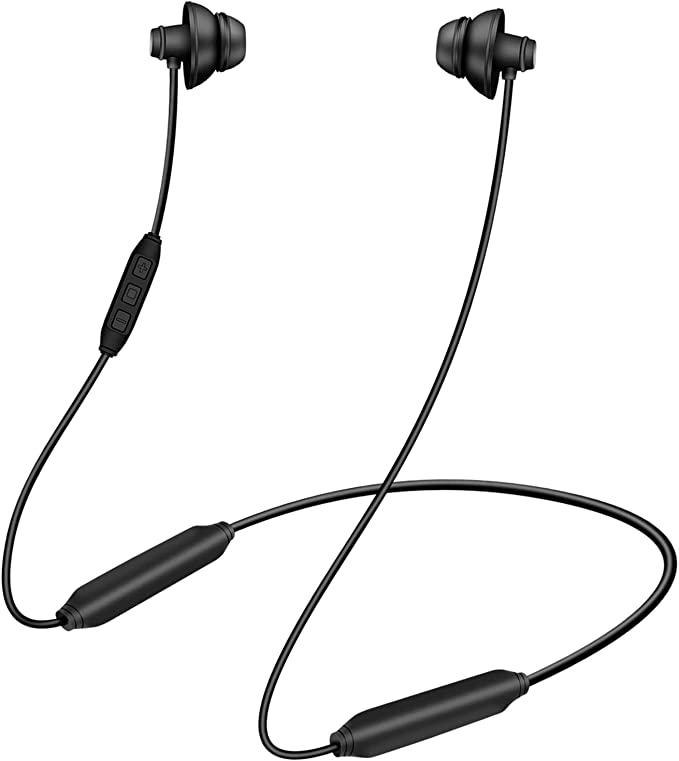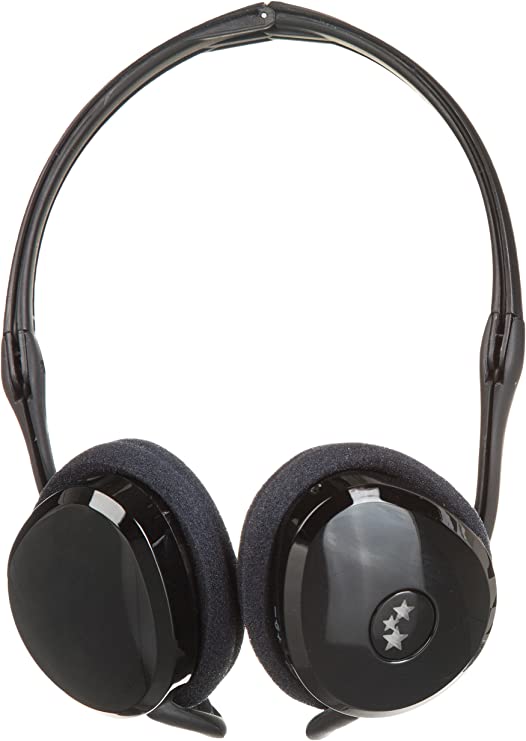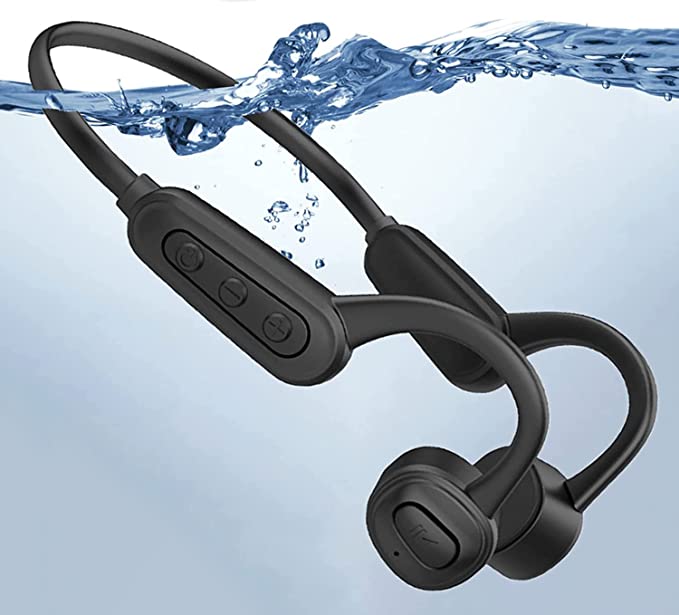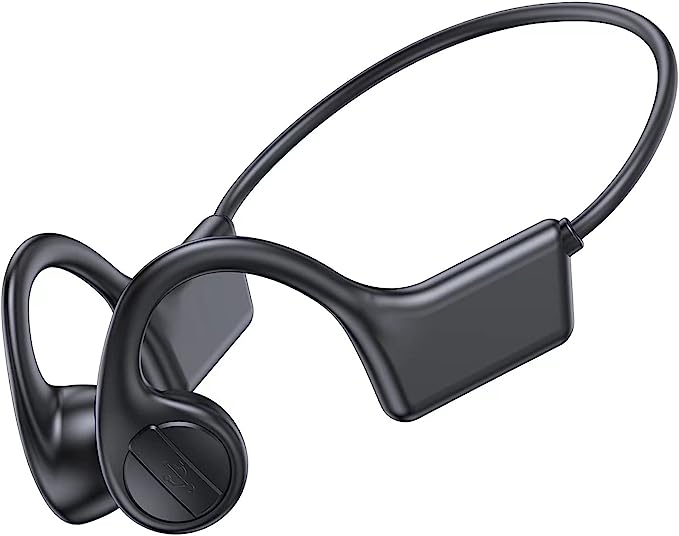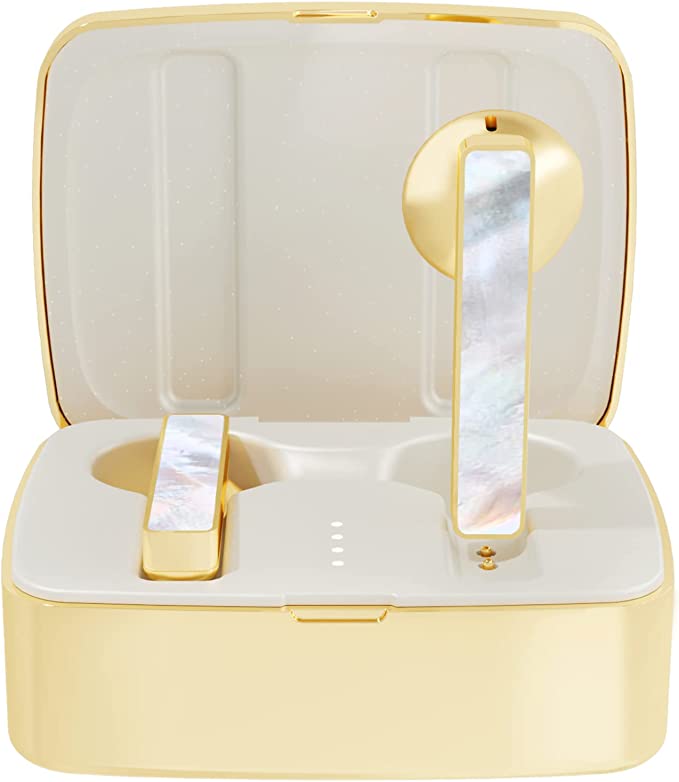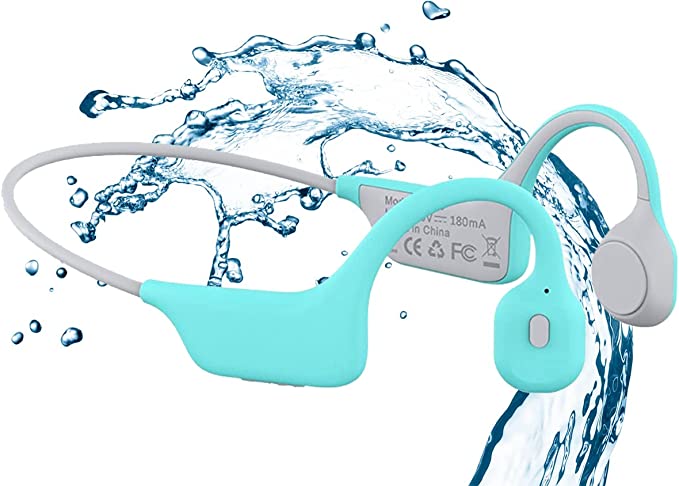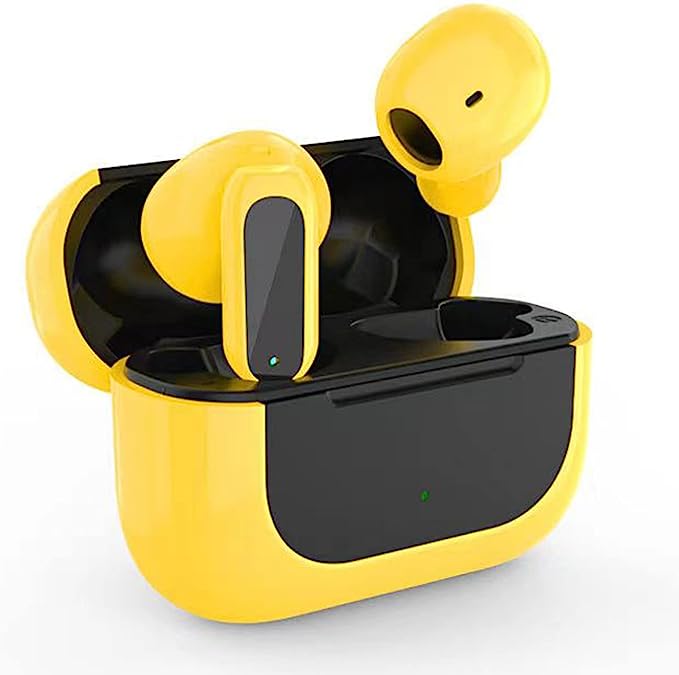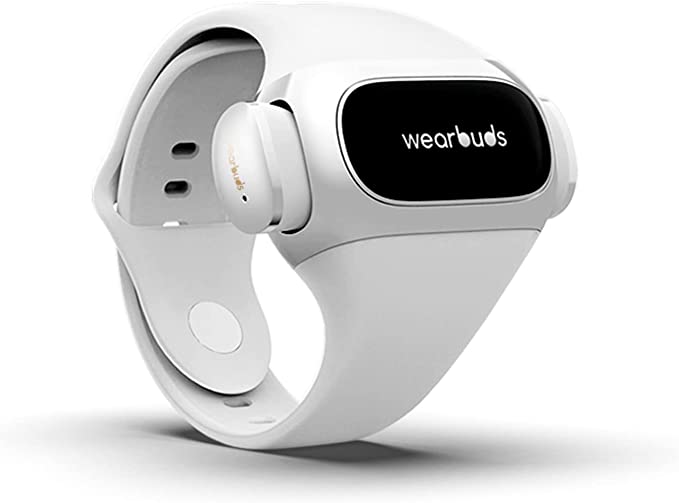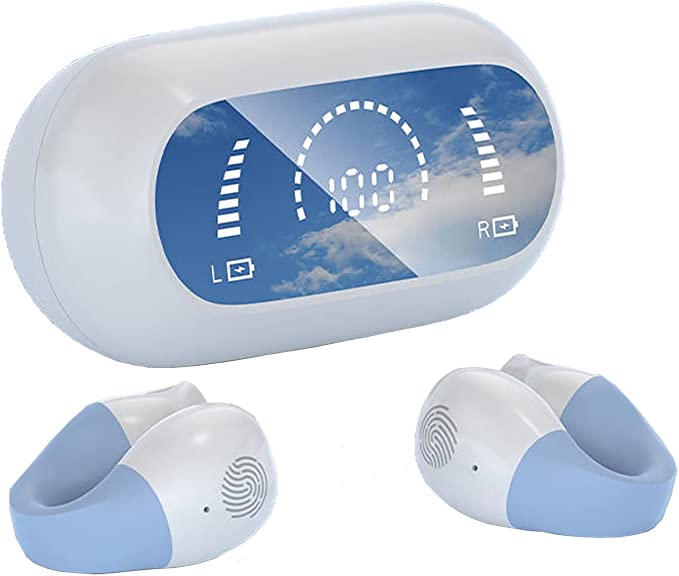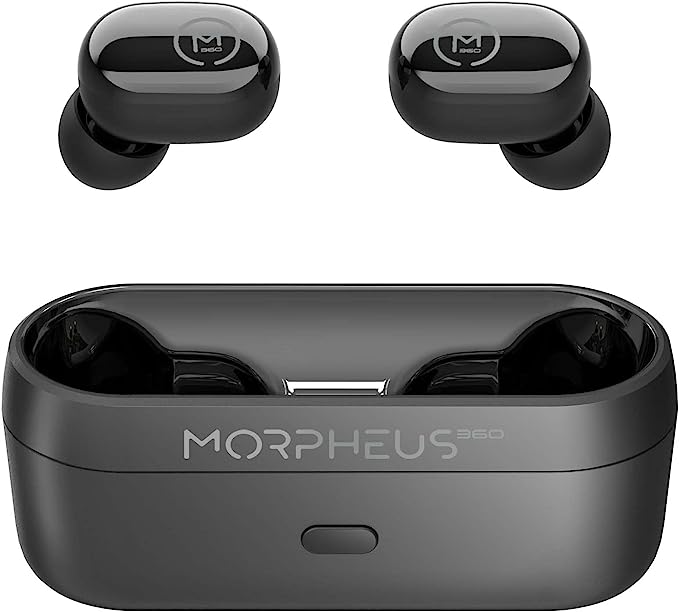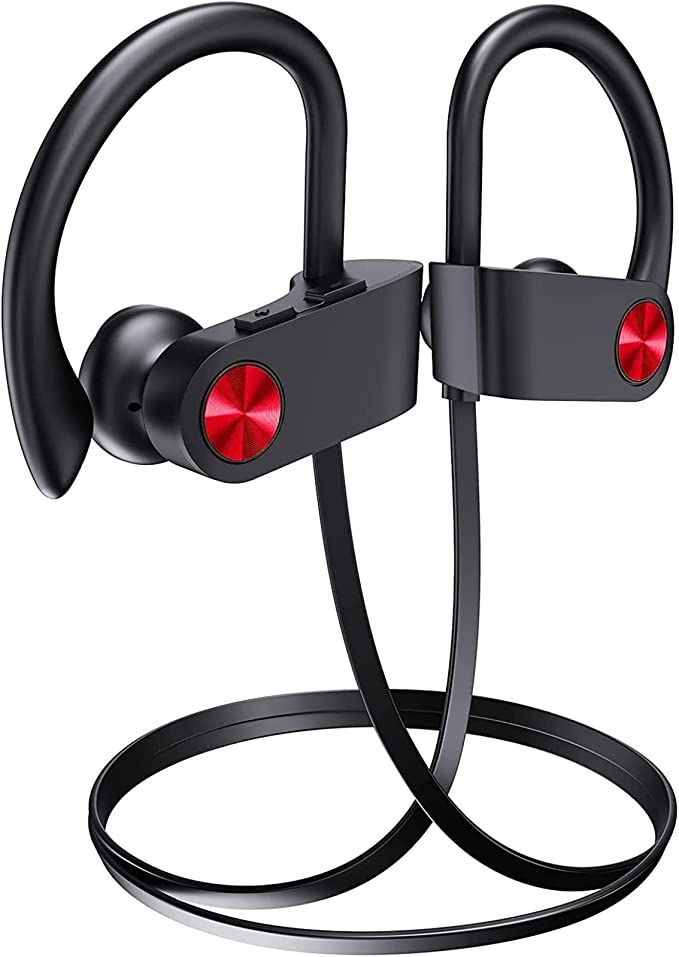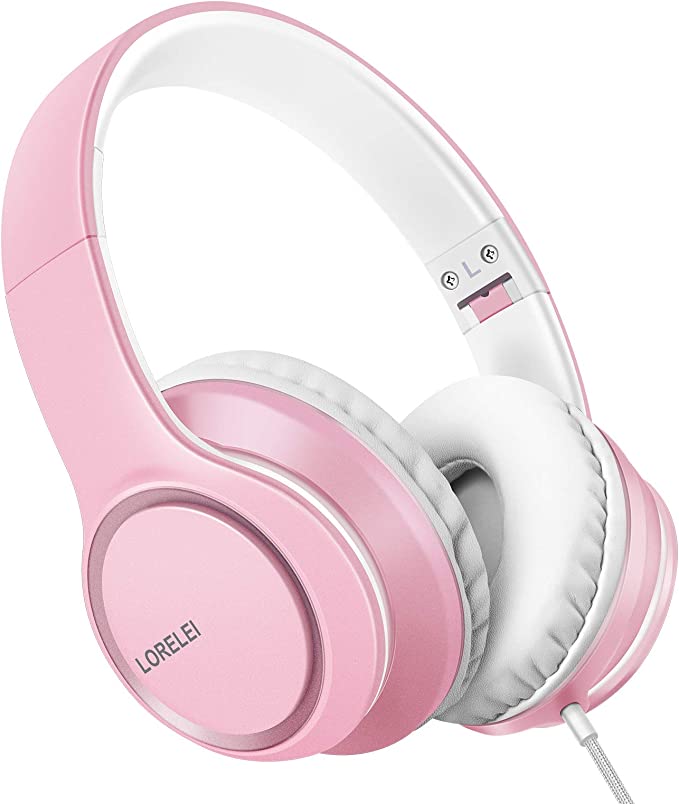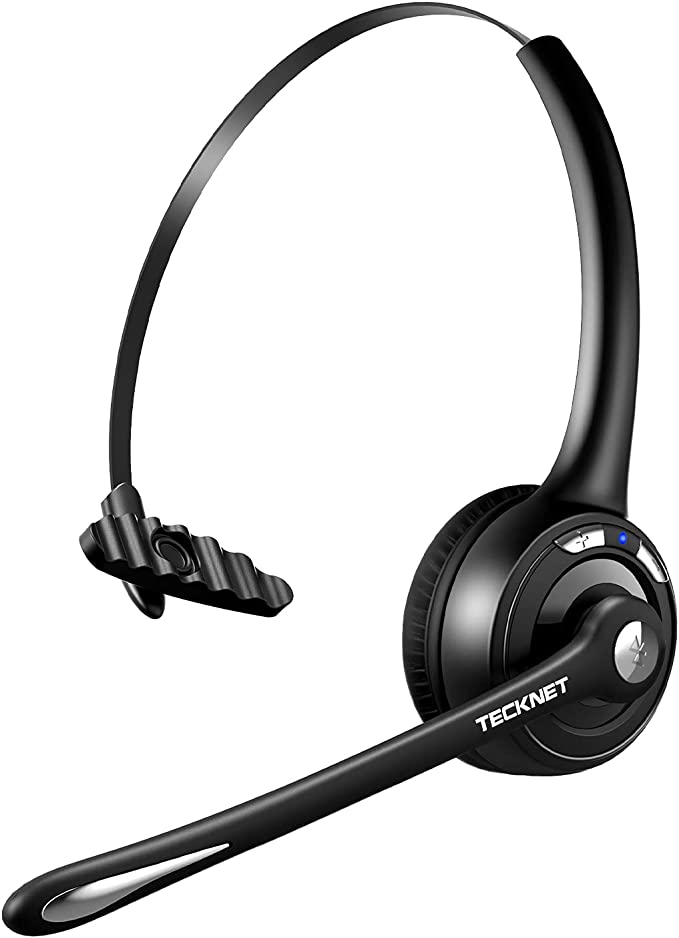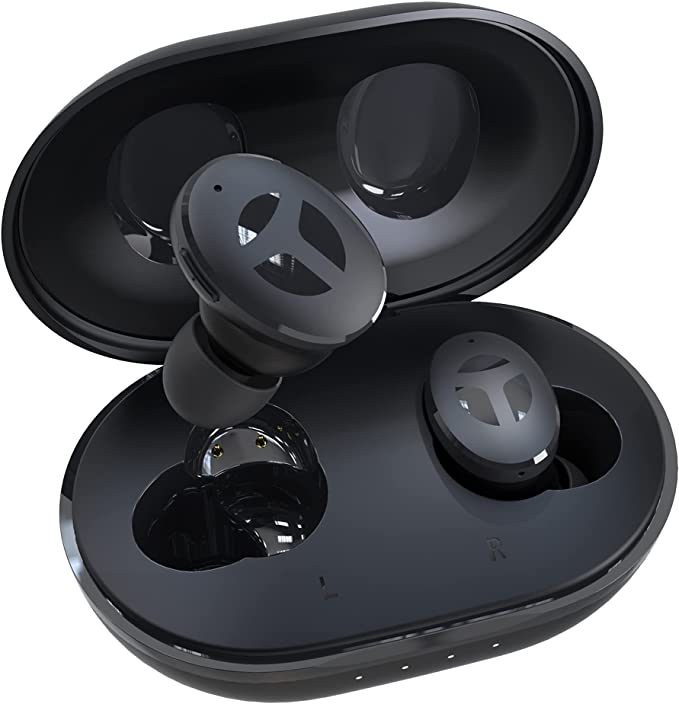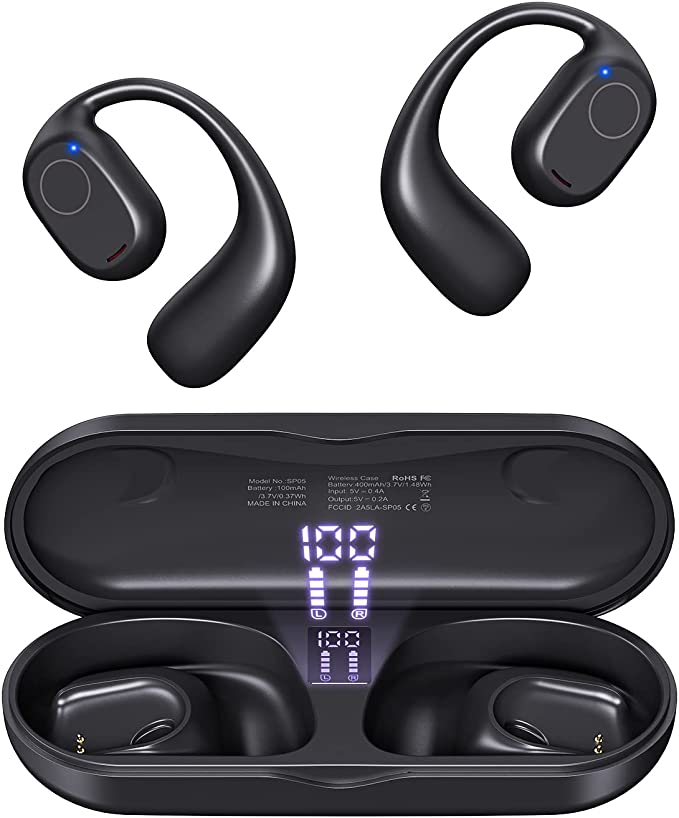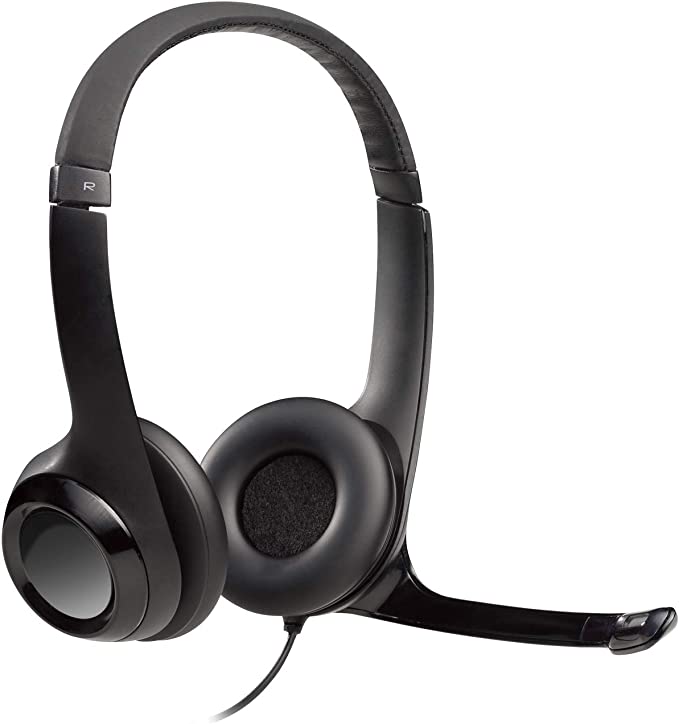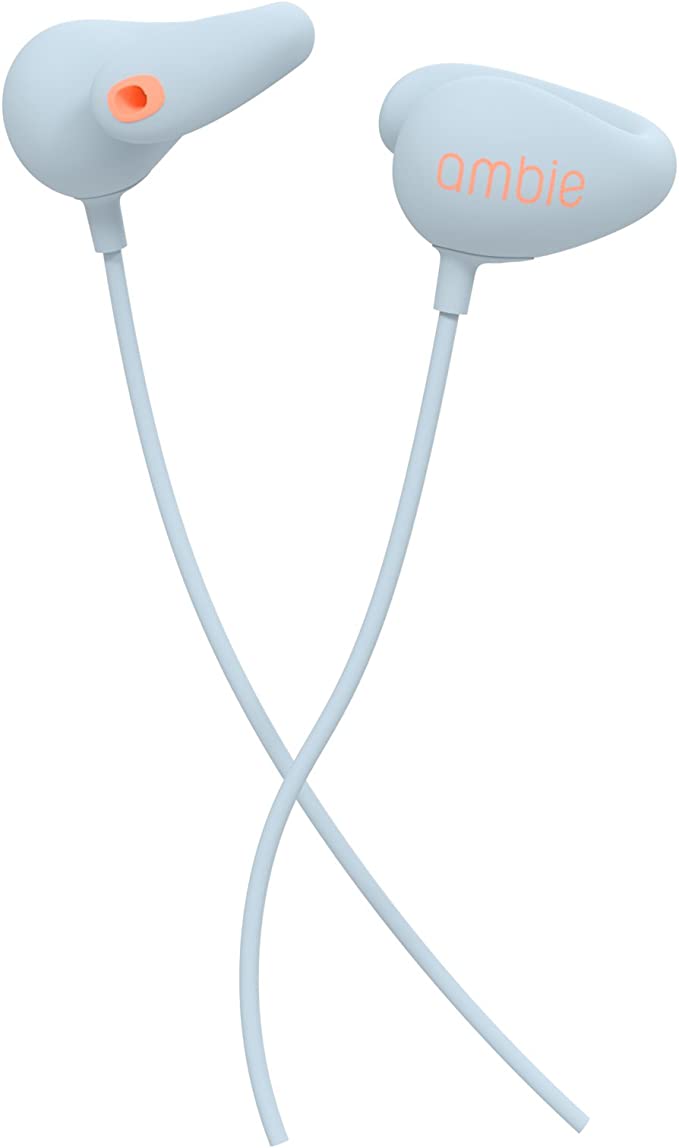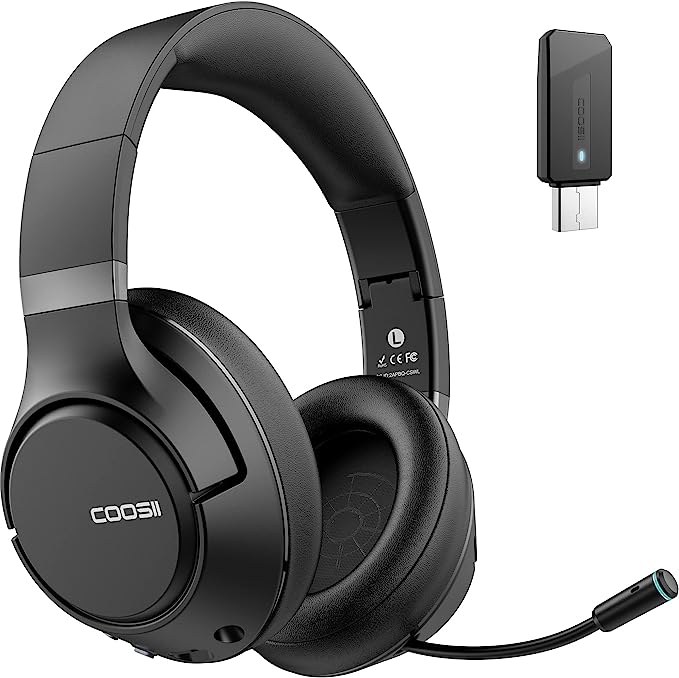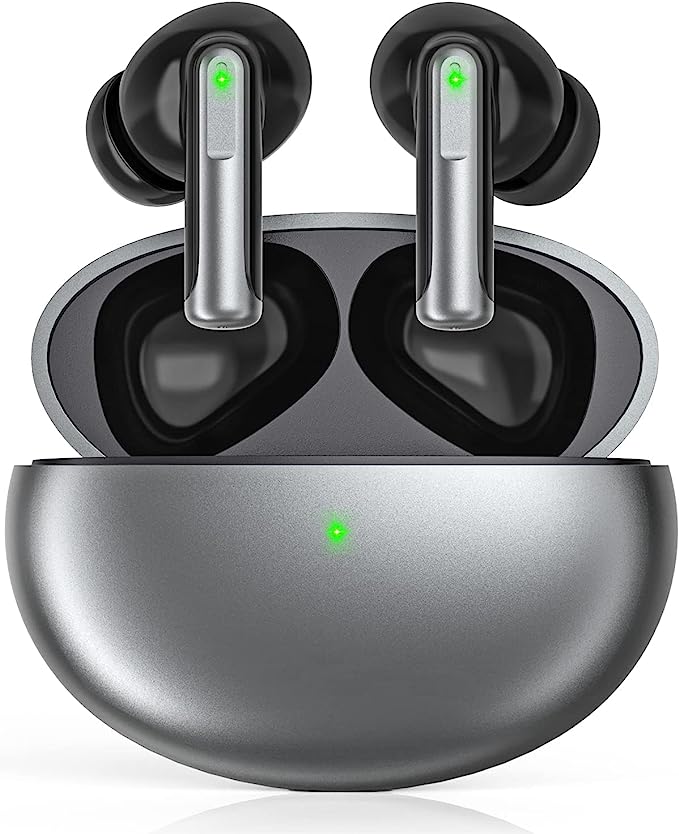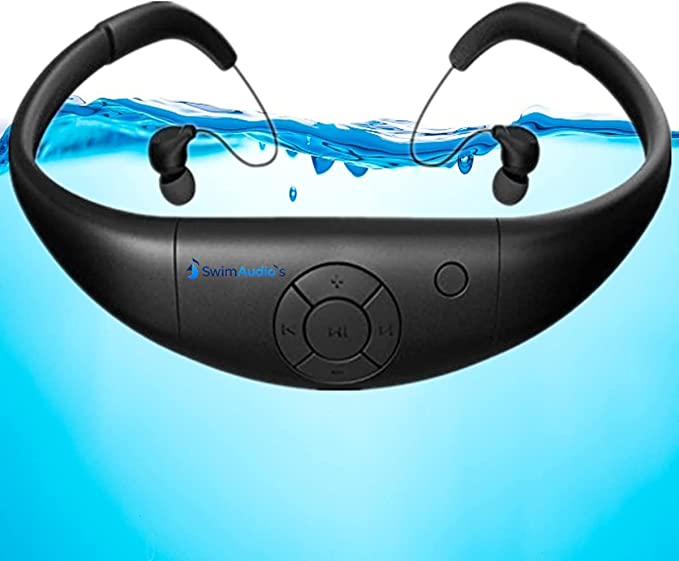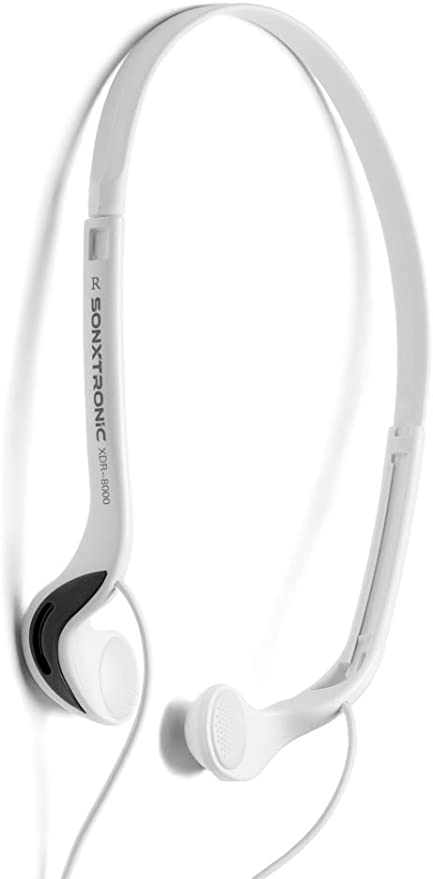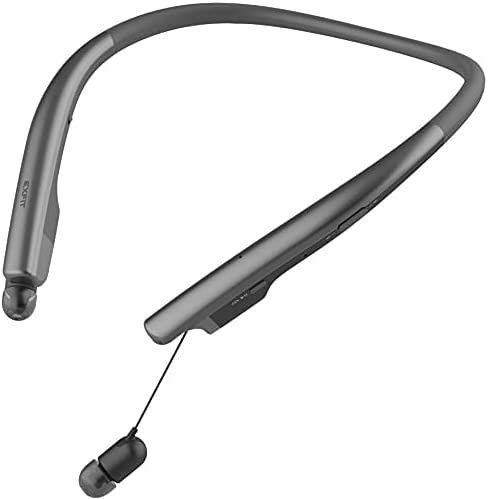YRITOS TOS01 Sleep Headphones Bluetooth Sleep Mask
Update on July 3, 2025, 1:23 p.m.
The city breathes a luminous, artificial twilight. Through the window, the glow of a distant billboard pulses in a silent, relentless rhythm, painting shifting patterns on the ceiling. On the nightstand, a phone screen, though dark, offers the ghost of a notification. We lie in our beds, caught in a modern paradox: exhausted yet unable to disconnect, surrounded by a low hum of electricity and light that our bodies cannot ignore. We have built a world that never sleeps, and in doing so, we are beginning to forget the ancient, essential language of the night.
This is not a failure of willpower. It is a biological mismatch. For millennia, the human body evolved in harmony with a simple, powerful cycle: the rising and setting of the sun. Our internal systems are exquisitely tuned to this dance of light and darkness. But we have flooded our world with artificial suns, severing that primordial connection. The question then becomes not just how we can sleep better, but how we can reclaim the very environment our bodies require for true, restorative rest.

The Tyranny of a Single Photon: Unlocking the Secrets of Our Inner Clock
In 2017, the Nobel Prize in Physiology or Medicine was awarded for discoveries explaining the molecular mechanisms that control our circadian rhythms. This wasn’t just an academic breakthrough; it was a profound affirmation of what our ancestors knew intuitively: our lives are governed by an internal clock. At the heart of this clock, located in the brain, is a tiny cluster of about 20,000 neurons called the Suprachiasmatic Nucleus (SCN). Think of the SCN as the master conductor of your body’s orchestra, and its most important cue is light.
When light enters your eyes, it sends a direct signal to the SCN, which in turn instructs the pineal gland to halt the production of melatonin, the hormone that invites sleep. The sensitivity of this system is astonishing. Research from institutions like the National Sleep Foundation confirms that even a small amount of light—a sliver under the door, the glow of an alarm clock—can act as a brake on melatonin release. It’s the tyranny of a single photon. This is why simply closing your eyes is often not enough; your eyelids are translucent, and your brain still registers the presence of light, keeping you tethered to a state of semi-alertness. To truly signal to your body that it is time for rest, you must achieve a state of absolute, profound darkness.

Building the Perfect Cave: The Engineering of Darkness
For centuries, humanity has sought to recreate the perfect darkness of the primordial cave. We’ve used heavy draperies, simple cloth blindfolds, and hands cupped over eyes. But the modern challenge is to achieve what sleep scientists call “luminous isolation” without introducing a new problem: physical discomfort. A flat mask that presses on the delicate skin around the eyes or directly on the eyelids can interfere with the rapid eye movement (REM) phase of sleep, which is crucial for memory consolidation and emotional regulation.
This is where thoughtful engineering meets biology. Consider the design of a device like the YRITOS TOS01 Sleep Mask. Its value lies not in its mere existence, but in its meticulous construction. It employs a 3D, contoured architecture, creating hollow cavities that dome over the eyes. This isn’t a stylistic choice; it’s a functional necessity. It ensures zero pressure on the eyelids, allowing them to flicker freely during REM sleep, while the soft, slow-rebound memory foam—a material born from NASA’s quest to improve aircraft cushion safety—forms a perfect, light-proof seal against the unique contours of an individual’s face. It is, in essence, a portable, personalized cave, engineered to defeat the tyranny of the last photon.

The Symphony of Silence: Crafting an Auditory Haven
Once the world is dark, your brain’s attention shifts to its other sentinel sense: hearing. While asleep, your auditory system remains on guard, a primal defense mechanism scanning for threats. This is why a sudden, sharp noise—a car horn, a slamming door—can instantly pull you from the deepest stages of sleep. The solution is not absolute silence, which is often unsettling and rarely achievable, but the creation of a consistent, predictable soundscape.
This principle is known as sound masking. Imagine standing by a waterfall. The powerful, constant roar of the water makes it nearly impossible to hear a single bird chirping nearby. The consistent sound “masks” the inconsistent one. Similarly, a steady stream of white noise, gentle rain sounds, or calming music can create an auditory buffer, raising the threshold for what your brain considers a disturbance. The challenge, of course, is piping this sound into your ears comfortably for eight hours. Bulky headphones create painful pressure points, especially for the more than 50% of adults who are side sleepers.
The integration of ultra-thin, adjustable stereo speakers directly into the soft fabric of a sleep mask represents an elegant solution to this very specific ergonomic problem. It allows for an immersive, high-quality audio experience without the physical intrusion of traditional earbuds, creating a private auditory haven where the jarring cacophony of the outside world dissolves into a predictable, soothing hum.
The Unseen Engine: Technology in Service of Biology
Powering this sensory sanctuary through the night requires technology that is both robust and discreet. The adoption of Bluetooth 5.2 is a key enabler. To the user, this means a stable, skip-free connection. But to the engineer, its critical feature is its low-energy protocol. This efficiency is what allows a device to be lightweight and slim, yet still house a battery capable of providing 10+ hours of continuous playback—more than enough to last through a full sleep cycle and beyond. When technology serves biology, it should be powerful yet almost invisible, working quietly in the background. This philosophy extends to practicalities like hygiene; a removable internal module that allows the mask itself to be washed acknowledges that a tool for health must itself be healthy to use.
Conclusion: The Power to Curate Your Calm
We may live in a world that has fractured our relationship with the night, but we are not helpless. The same ingenuity that created the light-polluted, noisy environments we inhabit can also provide the tools to carve out our own pockets of tranquility. A device like the YRITOS TOS01 is more than a sleep aid; it is a declaration of intent. It represents the power to actively curate your sensory world, to draw a boundary and decide what you allow in.
This is not about escaping the world, but about restoring ourselves to better engage with it. By consciously creating our own sensory sanctuary each night—a space of profound darkness and soothing sound—we are not just chasing a few more hours of sleep. We are reclaiming a fundamental biological right. We are remembering the forgotten language of the night, and in doing so, we give ourselves the gift of a more vibrant, focused, and truly awake tomorrow.








